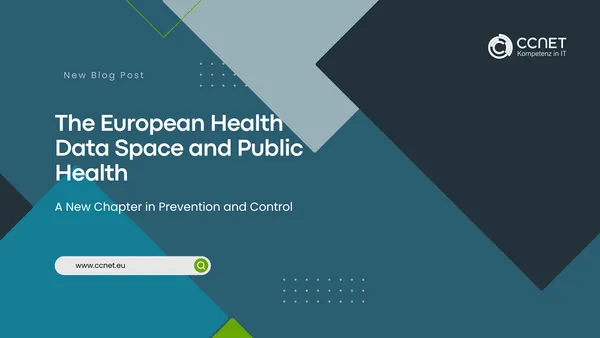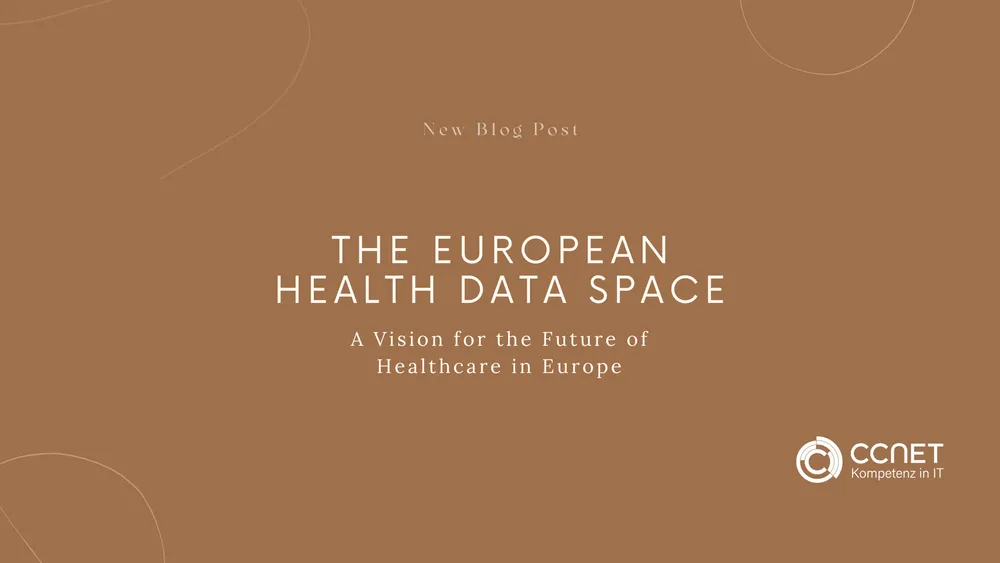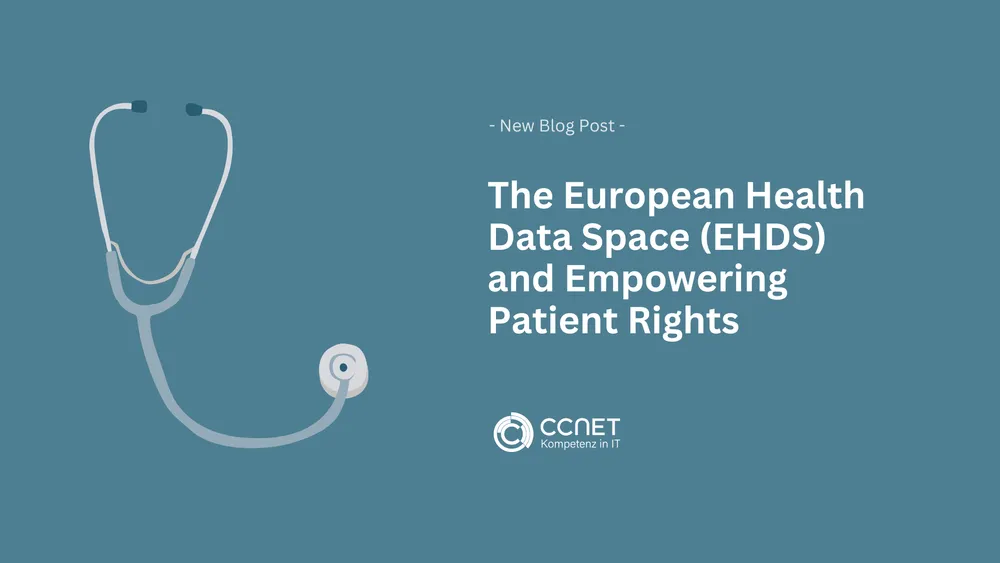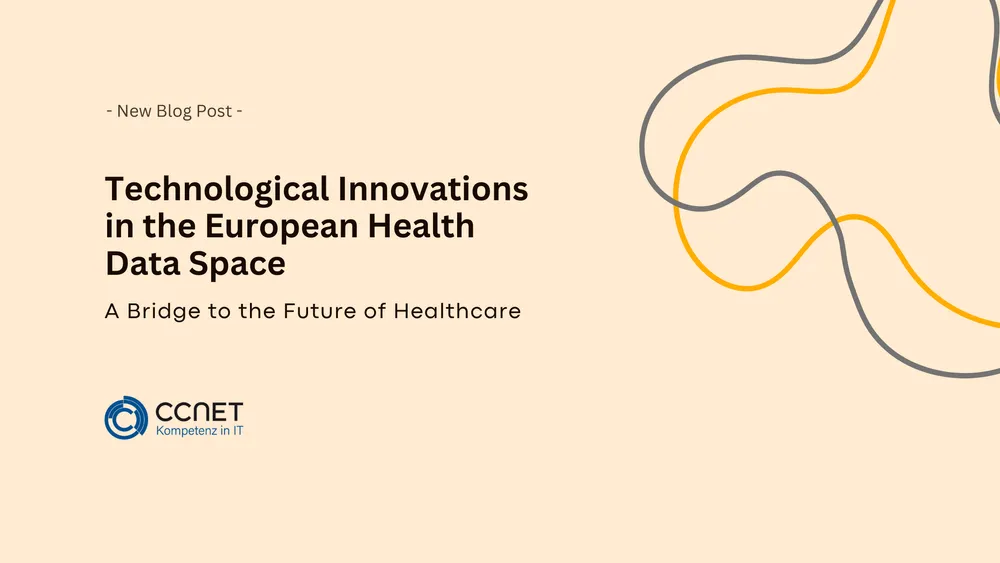
CCNet
Sep 11, 2024 • 2 min read

The European Health Data Space and Public Health: A New Chapter in Prevention and Control
Amidst global health challenges and an ever-evolving disease landscape, Europe stands on the threshold of significant change in public health. The European Health Data Space (EHDS) marks the beginning of this new chapter by offering an integrated approach to utilizing health data to enhance public health in the European Union (EU). In this blog post, we examine how the EHDS revolutionizes prevention, monitoring, and response to health threats while providing better control over health data management, all while laying the foundations for a sustainable and resilient health infrastructure.
The EHDS: A Paradigm Shift in Public Health
The EHDS aims to overcome the fragmentation of health data by creating a secure and seamless framework for their access and exchange. This initiative is crucial as it enables health systems to respond rapidly and effectively to public health crises by providing relevant data in real-time. By improving interoperability among member states, the EHDS promotes stronger collaboration and faster information exchange, which is essential for combating cross-border health threats.
Enhancing Disease Surveillance and Prevention
One of the EHDS's standout strengths lies in its ability to enhance disease surveillance and prevention. By accessing extensive health data, researchers and public health authorities can identify patterns indicating emerging health risks or outbreaks. This enables a more proactive approach in public health care, allowing measures to be taken before diseases escalate into larger epidemics or pandemics.
Promoting Research and Development
The EHDS provides a valuable resource for researchers working on the development of new treatment methods, vaccines, and preventive measures. By providing secure access to a pool of health data from across the EU, research institutes and pharmaceutical companies can accelerate their studies and improve the effectiveness of their developments. This enhanced research capacity is crucial for a swift response to new health threats and reducing the burden of chronic diseases.
Supporting Evidence-Based Health Policies
The EHDS provides a solid foundation for the development of evidence-based health policies. By analyzing health data, policymakers can evaluate the effectiveness of existing health programs and identify areas requiring additional resources or attention. This data-driven approach allows EU member states to optimize their health systems and implement preventive measures tailored to the specific needs of their populations.
The Role of Technology and Data Security
Implementing the EHDS requires advanced technological solutions to ensure the secure and efficient exchange of health data. At the same time, data privacy must be paramount to maintain citizens' trust in the system. Therefore, the EHDS implements strict security protocols and privacy measures to ensure the integrity and confidentiality of the data. These measures are crucial for establishing a solid foundation for the use of health data in the service of public health.
Challenges and the Way Forward
While the EHDS has the potential to fundamentally improve public health in the EU, member states and stakeholders face several challenges. These include harmonizing data protection standards, overcoming technical and legal obstacles, and promoting acceptance of the system among citizens and healthcare providers. Addressing these challenges requires ongoing collaboration, innovation, and adaptation.
Conclusion
The European Health Data Space presents a significant opportunity to transform the landscape of public health in the EU. By providing a secure and integrated framework for accessing and exchanging health data, the EHDS paves the way for enhanced disease surveillance, accelerated medical research, and the development of evidence-based health policies. Despite the challenges, the EHDS offers a vision for a healthier Europe where public health is strengthened through the power of data and collaboration.


